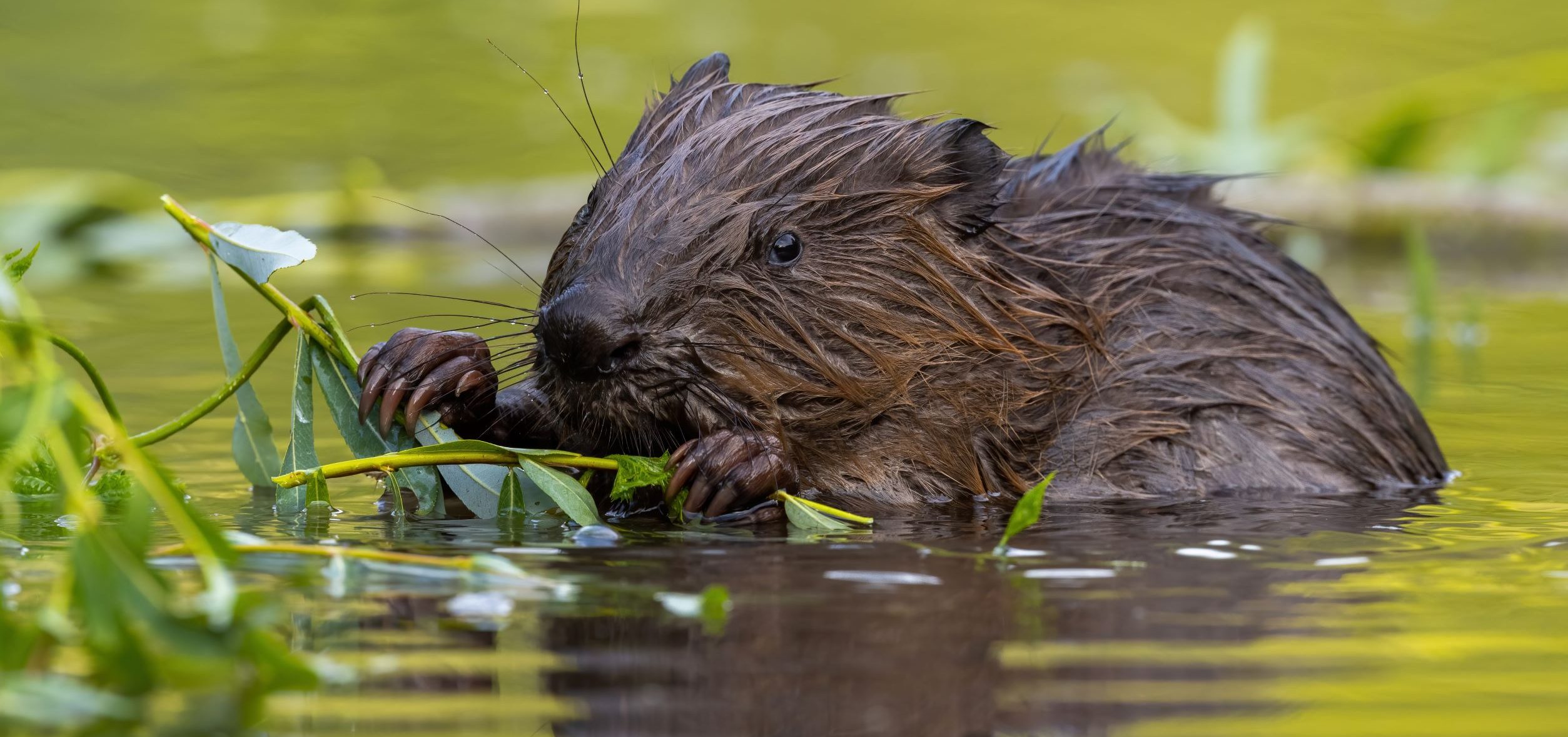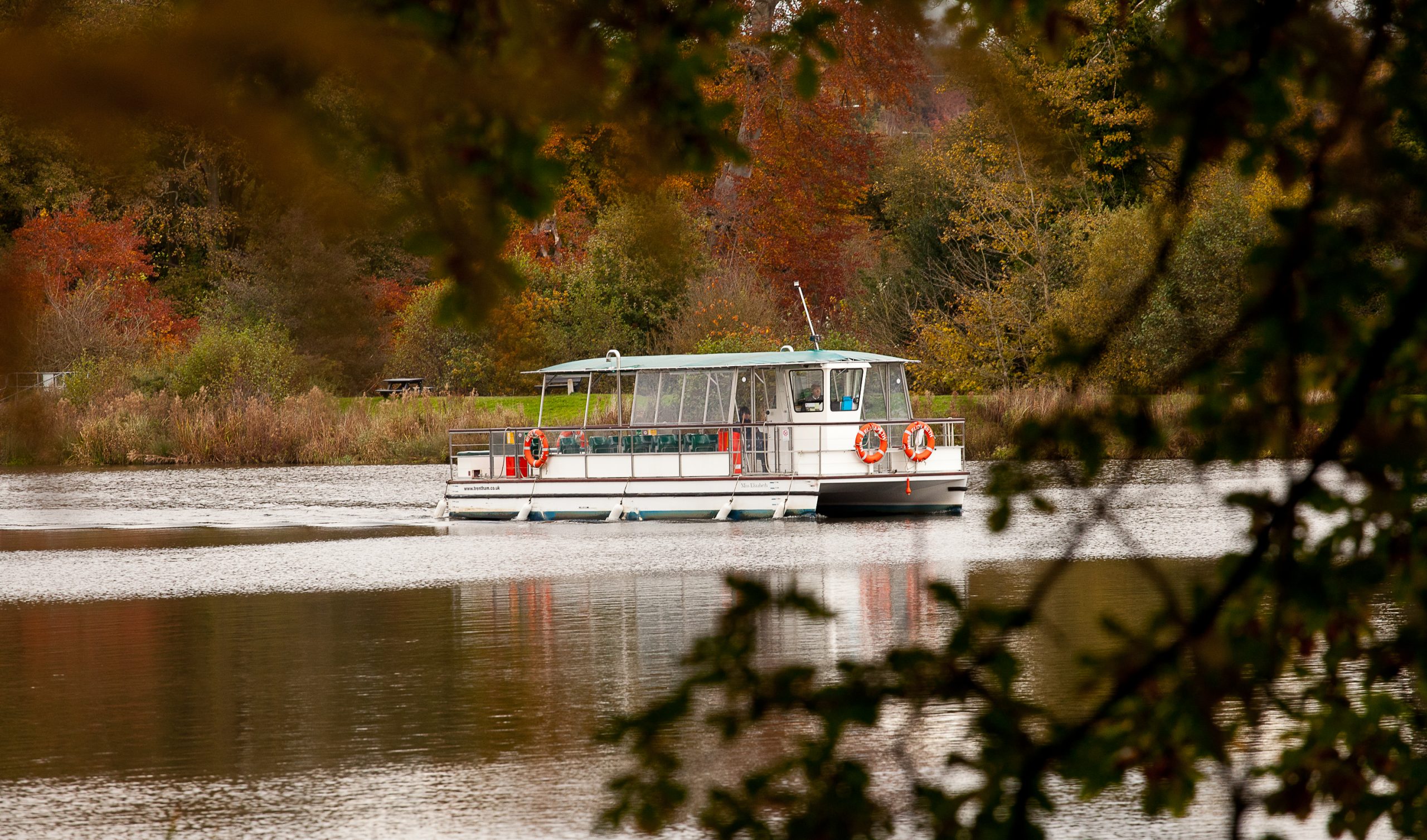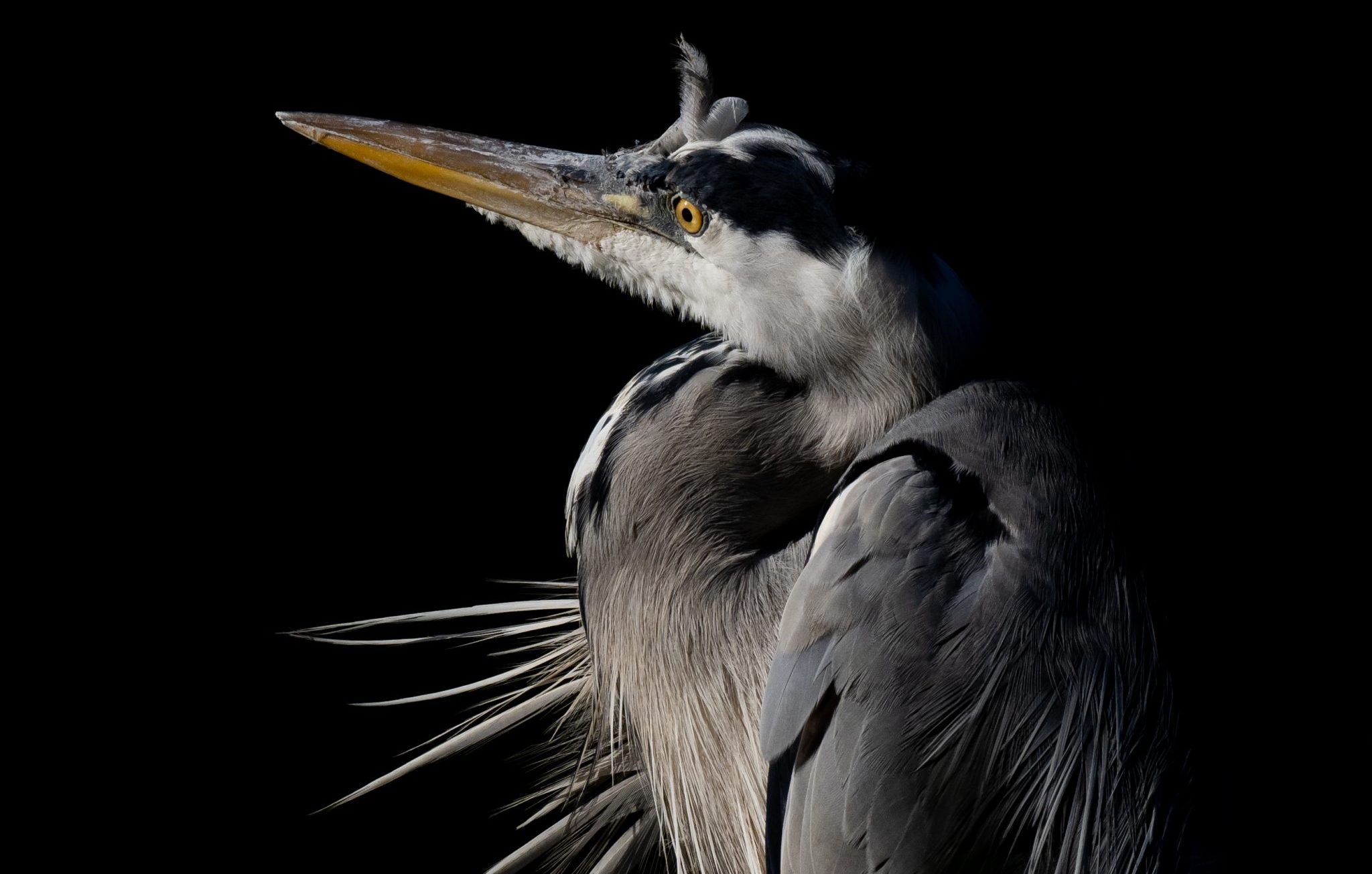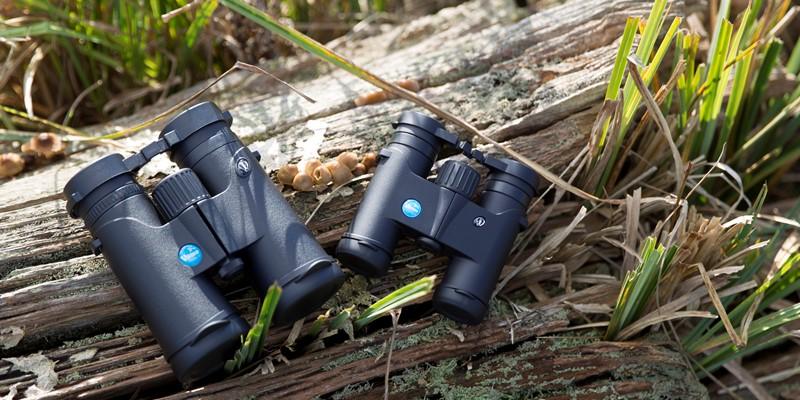Welcoming a family of beavers
After a 200 year absence, beavers have been reintroduced to Trentham, to help boost biodiversity and engage people in learning to live with this animal again.
Beavers are ecosystem engineers. This means that they fundamentally change the landscape to the betterment of all living things. Through felling trees, they open otherwise dark woodland to sunlight, stimulating rare plants to grow, and through the building of dams, they improve wetland habitats and water quality.
Beavers can help in the responsible management of Trentham’s land, by improving lakeside habitat. Through coppicing and grazing, they create ideal habitats for other species, such as water vole and rare wading birds.
We hope that in the coming weeks, visitors to Trentham will be able to witness the wonderful work of this ecosystem engineer, and enjoy the abundance of wildlife as a result of the beavers’ handiwork.
See our FAQ's





